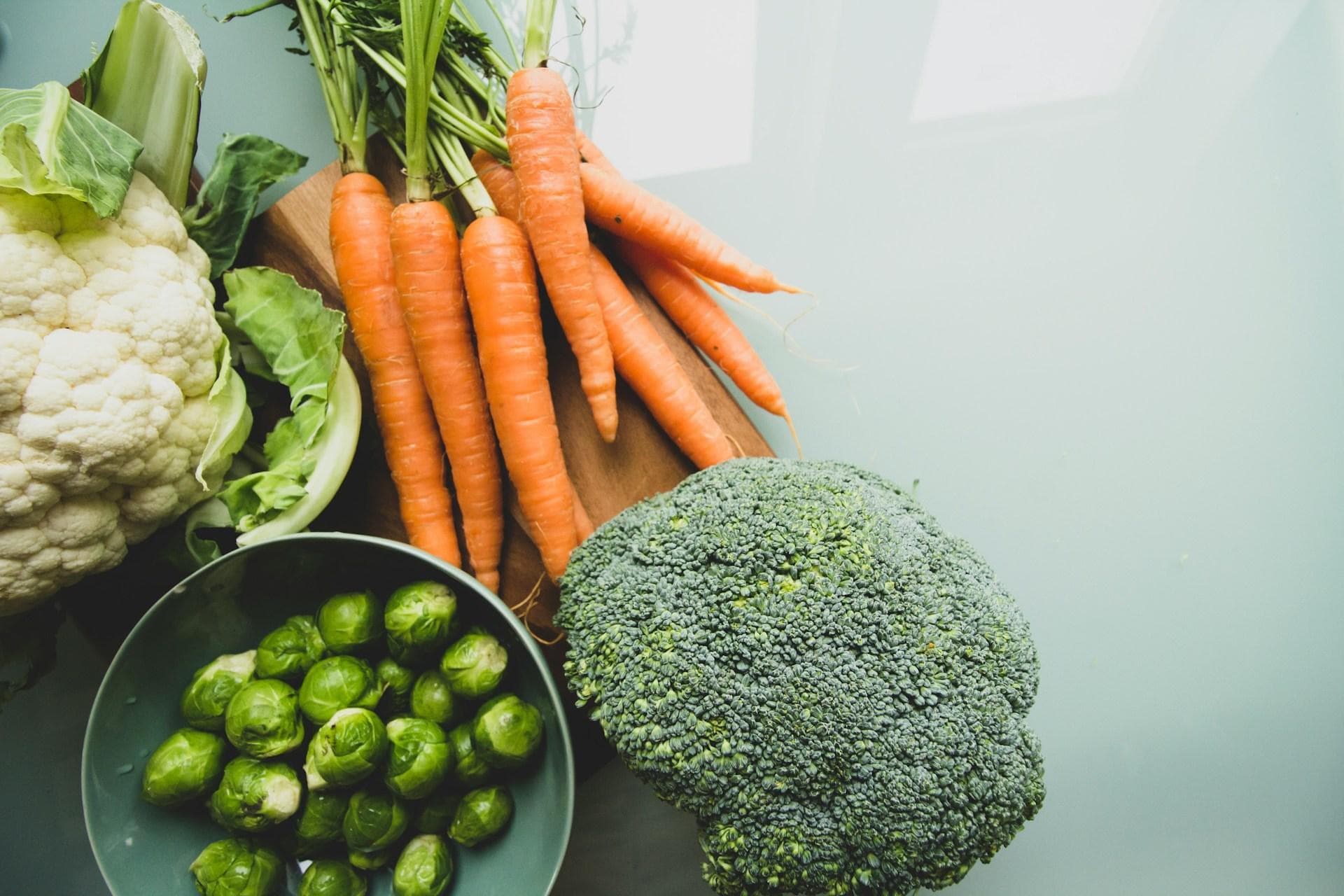Organic food has become a symbol of healthy living and sustainable agriculture, yet its distribution often hides an environmental cost that few consumers consider. People who choose organic vegetables, organic fruits, or other organic products usually imagine a greener lifestyle. However, when organic farming meets global supply chains, the reality is more complex. Transportation, storage, packaging, and consumer habits can all contribute to emissions that reduce the benefits of organic farming sustainability. This article explores the challenges of organic distribution, how it connects with eco-friendly farming, and what can be done to improve the situation.
How Distribution Impacts the Organic Promise
Transportation Networks and Emissions
Organic farming is often praised for avoiding chemical pesticides and preserving soil health. Still, the journey from farm to table is rarely straightforward. Trucks, ships, and planes move organic produce across continents, increasing emissions. While organic farming advantages include healthier soil and biodiversity, long-distance transport may create disadvantages of organic farming in terms of carbon footprint.
Key factors influencing transport emissions:
- Distance between farms and consumers
- Type of vehicle used for delivery
- Cold storage requirements for fresh organic vegetables and fruits
- Packaging materials used for protection during shipping
Organic vs Conventional Distribution
Consumers often assume that organic vs conventional comparisons always favor organic food. Yet, conventional farms sometimes operate closer to cities and have shorter supply chains. In contrast, organic certification often limits production to certain regions, making it necessary to transport organic produce over longer distances. This adds hidden emissions to otherwise eco friendly farming practices.
Packaging and Storage Challenges
Organic products are usually more delicate since fewer preservatives are allowed. This requires additional protective packaging and energy intensive refrigeration. Plastic free alternatives are growing, but still not universal. As a result, distribution adds to the carbon footprint and reduces the full benefits of organic food.
Consumer Choices and Lifestyle Influence
The Role of the Organic Lifestyle
People who follow an organic lifestyle usually believe they are reducing environmental harm. However, consumer choices such as buying exotic organic fruits out of season increase emissions. When shoppers search for organic produce near me, they may actually be supporting global supply chains rather than local farmers. Understanding this difference is essential for making sustainable agriculture choices.
Market Trends and Online Purchases
Organic market trends show a rapid increase in e-commerce. Many consumers now prefer to buy organic online because of convenience. While this expands access to organic food, it also adds delivery vehicles, packaging waste, and logistical challenges.
Advantages and disadvantages of online distribution:
- Advantages: wider access, support for small farmers, convenience
- Disadvantages: added packaging, fragmented delivery routes, higher emissions per unit of food
Benefits of Organic Food vs Distribution Costs
The benefits of organic food are still significant for human health and soil preservation. However, if emissions from transport and packaging are not managed, the ecological promise is weakened. Consumers who practice organic gardening at home or join local cooperatives can lower these impacts.
Strategies for Reducing the Carbon Footprint

Farming Methods That Support Sustainability
Innovative organic farming methods can reduce dependence on global distribution. For example:
- Community supported agriculture programs deliver directly from farms to consumers
- Urban farms and rooftop gardens bring organic vegetables closer to demand centers
- Regenerative practices improve soil and water retention, lowering the need for distant sourcing
Table: Organic Farming Advantages vs Challenges in Distribution
|
Aspect |
Organic Farming Advantages |
Challenges in Distribution |
|
Soil health and biodiversity |
Rich ecosystems, no synthetic chemicals |
Often far from urban centers, requiring long transport |
|
Human health benefits |
No pesticide residues in organic products |
Fragile goods needing refrigeration and packaging |
|
Sustainable agriculture goals |
Carbon sequestration, eco friendly farming |
Supply chain emissions reduce sustainability benefits |
|
Consumer trust |
Organic certification builds credibility |
Certification may limit local options, requiring imports |
Local Solutions for Global Problems
Encouraging local organic farming reduces emissions significantly. Farmers’ markets, community gardens, and organic gardening projects allow consumers to connect directly with producers. This shortens the chain, supports organic farming sustainability, and strengthens regional food systems.
Policy and Certification Improvements
Governments and associations can adapt organic certification rules to encourage regional trade and support eco-friendly farming practices. Incentives for renewable energy in storage, sustainable packaging, and shorter supply chains can reduce emissions while protecting the credibility of organic products.
Action Steps for Consumers and Producers
To truly align organic farming with sustainable agriculture, both consumers and producers need to rethink distribution.
Practical steps include:
- Choosing local organic vegetables and fruits whenever possible
- Supporting farmers’ markets and community supported agriculture
- Practicing organic gardening at home to reduce dependence on imports
- Encouraging retailers to adopt eco friendly packaging
- Advocating for fair trade and climate smart certification systems
Final Thoughts
Organic food remains a powerful tool for building healthier lives and promoting sustainable agriculture. Yet the hidden carbon footprint of distribution challenges the promise of eco friendly farming. By combining the benefits of organic food with mindful consumer behavior, local sourcing, and improved farming methods, society can ensure that organic farming and climate change adaptation go hand in hand. Only then will the movement deliver its full potential in terms of organic farming sustainability.
